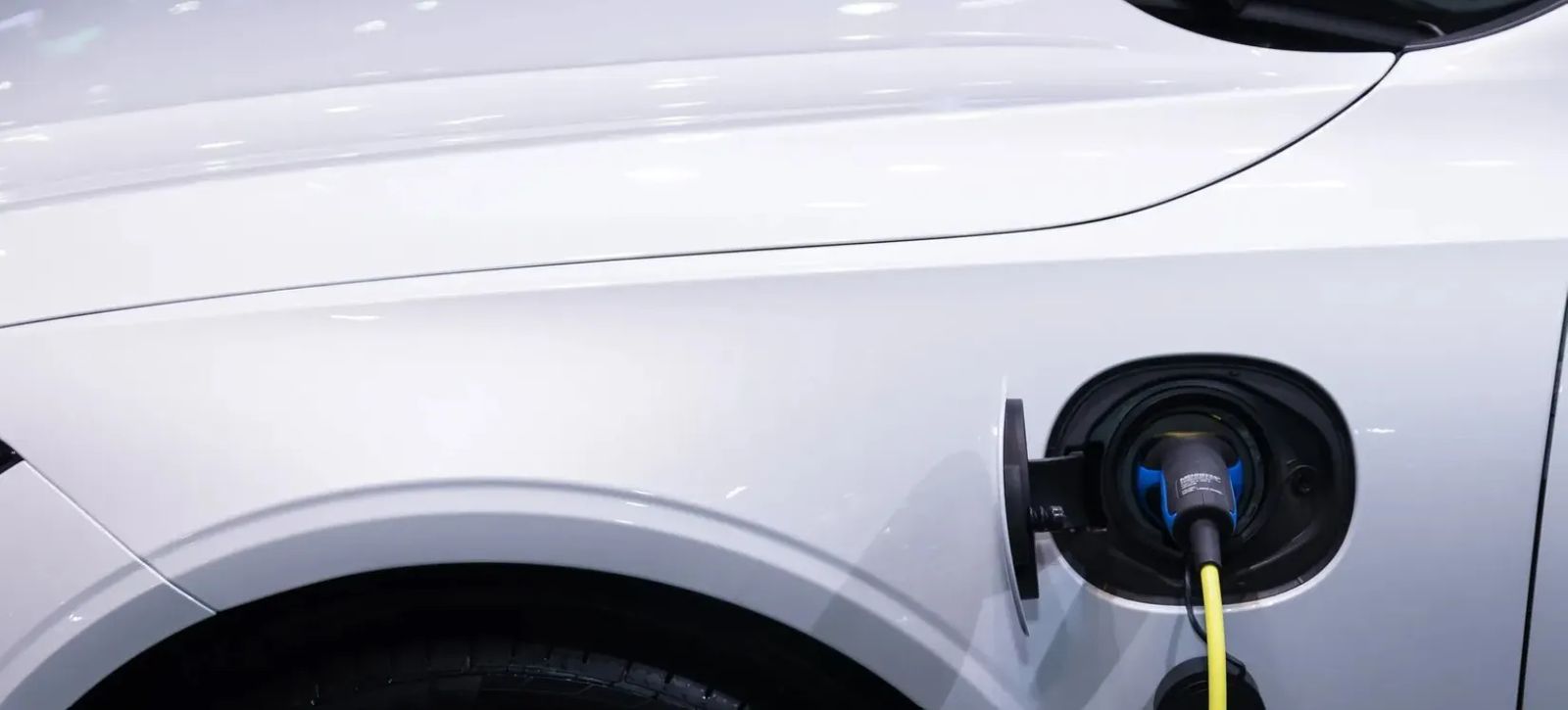
Charge Up Your Wheels
Ready to Go Electric?
Yellowstone Valley Electric Cooperative
At the beginning of the 20th century, electric vehicles made up close to 40 percent of the U.S. vehicle market share. They quietly zipped around cities where driving distances were short and charging stations were readily available. Despite their early popularity, they began to disappear from the streets after just a few years.
As roadways improved beyond the city limits, people wanted to get out and explore. With their slower speeds and shorter ranges, electric vehicles were not ideal for this type of travel. At the same time, gasoline cars began to improve and became both accessible and affordable. By 1930, electric vehicles had mostly vanished from roads.
Interest in electric vehicles made a bit of a resurgence in the mid to late 1900s, but it wasn’t until recently that a more substantial push for electric vehicles developed. Electric vehicles were reintroduced to the market in 2010, and each year more shoppers are choosing to forgo gasoline models and opt for new all-electric or plug-in hybrid electric models.
An all-electric vehicle uses electricity as its primary fuel and a plug-in hybrid uses electricity along with a conventional engine to improve efficiency. Making the switch from a gas pump to an outlet is a big decision, yet around one million drivers across the U.S. have decided to make the switch and purchase an electric vehicle.
There are numerous reasons why people choose to drive electric. The top includes saving money on fuel and maintenance costs, the car’s driving performance, being environmentally friendly and supporting local energy sources. No matter the reason, most electric drivers will see savings by fueling at the outlet instead of a gas pump.
Most major car manufacturers are currently offering electric models, including Chevrolet, Toyota, Nissan, Ford, Fiat, BMW, Audi, Volkswagen, Hyundai, Porsche, Kia, Volvo, Mercedes, and Tesla. Many other manufacturers are currently in the planning phase to produce an electric vehicle during the next few years.
BY 2025 ELECTRIC VEHICLES (EVS) WILL REACH 10% OF GLOBAL PASSENGER VEHICLE SALES, GROWING TO 28% IN 2030 AND 58% BY 2040.
Is the future electric?
Electric vehicles have come a long way since they re-entered the market in 2010. Now, all major car manufacturers are showing support for electric vehicles by developing new models with longer ranges and more affordable prices. Research shows that by 2040, electric vehicles will account for about 50 percent of new car sales globally.
Over the next few years, electric vehicle growth is expected to continue to rise across the U.S. There are also plans to install thousands of additional charging stations across the country. One issue electric vehicle owner’s can face, is the proprietary charging stations that only align with particular manufacturers. This can be very inconvenient if you’re traveling long distances with fewer charging stations available and if they are not compatible with your electric vehicle. Additionally, battery life range and charging times prove to be obstacles for EV owners in large geographic states.
As for Montana, we are slowly adding EV’s and charging stations to the mix of transportation. It will be a few years before we see the opportunity to charge your EV at several rest stops or charging stations along Montana highways.









